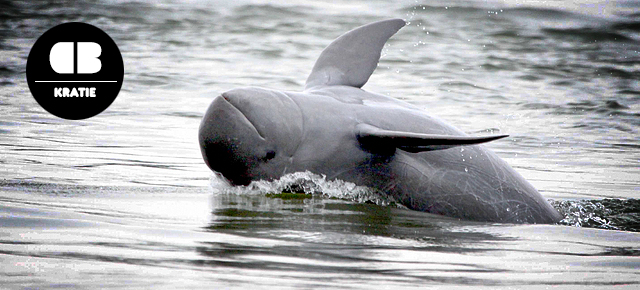

The construction of dams along the mainstream lower Mekong River (particularly southern Laos or Cambodia), will no doubt substantially increase the risk of the Mekong dolphin population’s extinction. Dolphins rely on deep-water areas during the dry season and annual fish migrations to replenish fish stocks. Even with the most comprehensive management plan accepted by all stakeholders, dolphins will not survive in the river if adequate habitat is not available. An international awareness campaign is therefore planned to encourage international and national tourists to view the dolphins from land (easily viewed during the dry season), rather than hiring boats to view them.Īdditional large-scale conservation concerns for the Mekong dolphin population result from various sources of habitat degradation (e.g., large scale dam construction contaminants from industry and agriculture and conversion of natural habitat to farmland), disease, reduced prey, and loss of genetic diversity. There is minimal management of this tourism no educational/awareness information provided to tourists no benefit to the targeted dolphin groups and despite outside appearances, very little revenue goes back to the local community.

As an example, In Kampi Pool near Kratie Township, there are at least 20 small boats operating in the 1 km x 1 km (1km = 0.62 miles) pool during the dry season. The noise and harassment from daily dolphin-watching tourism in small motorised boats affects all dolphins inhabiting the small, confined pools, and may be one of the factors responsible for the high newborn mortality. Irrawaddy dolphins inhabit the same small deep-water pools for most of their lives (some pools no larger than 2km x 2km, 2km = 1.24 miles). These well-enforced initiatives have inevitably alienated the local people, despite the communities’ positive perceptions towards dolphins and demonstrated willingness to participate in small-scale management efforts previously initiated by dolphin conservationists.ĭolphin-watching tourism occurs in two areas of the river, and based on results of other dolphin-watching studies around the world are no doubt having significant impacts on targeted populations.

Additionally, no alternative livelihoods were provided (except independently by a local Cambodian NGO in only two villages), or gear modification trials conducted, before this legislation came into effect. Unfortunately, there was no prior consultation with the local communities along the river, who commonly use gillnets for subsistence fishing.

Irrawaddy dolphin free#
In 2005, the Cambodian Government decreed that the Kratie to Lao/Cambodian border river stretch would be a gill-net free area, in a well-intentioned attempt to conserve the remaining dolphin population from a major source of anthropogenic mortality. WWF-Cambodia now have a dedicated Mekong dolphin veterinary program in an attempt to determine cause of death, however no definitive answers have yet been found.Īs with many cetacean populations gillnet entanglement is a known problem, and has contributed to at least half the known adult mortalities. These unsustainable newborn mortalities have continued in recent years, with 16 newborns found dead in 2006 and nine in 2007. The main problems facing the population are unsustainable newborn mortalities accidental gillnet entanglement and dolphin-watching tourism.ĭuring dedicated studies conducted from 2001-2005, only two calves were known to survive past the first few weeks of life (these two calves were born in January 2004 and were still alive as of April 2005) all other newborns observed in the river were found dead within weeks of being sighted. Photo-identification studies have shown that the total population was an estimated 127 individuals in 2005, as may now be as few as 86 individuals. The Mekong dolphin population is now restricted to the upper 190km (190km = 118.06 miles) of the Cambodian Mekong River, from Kratie north to the Laos/Cambodian border.


 0 kommentar(er)
0 kommentar(er)
